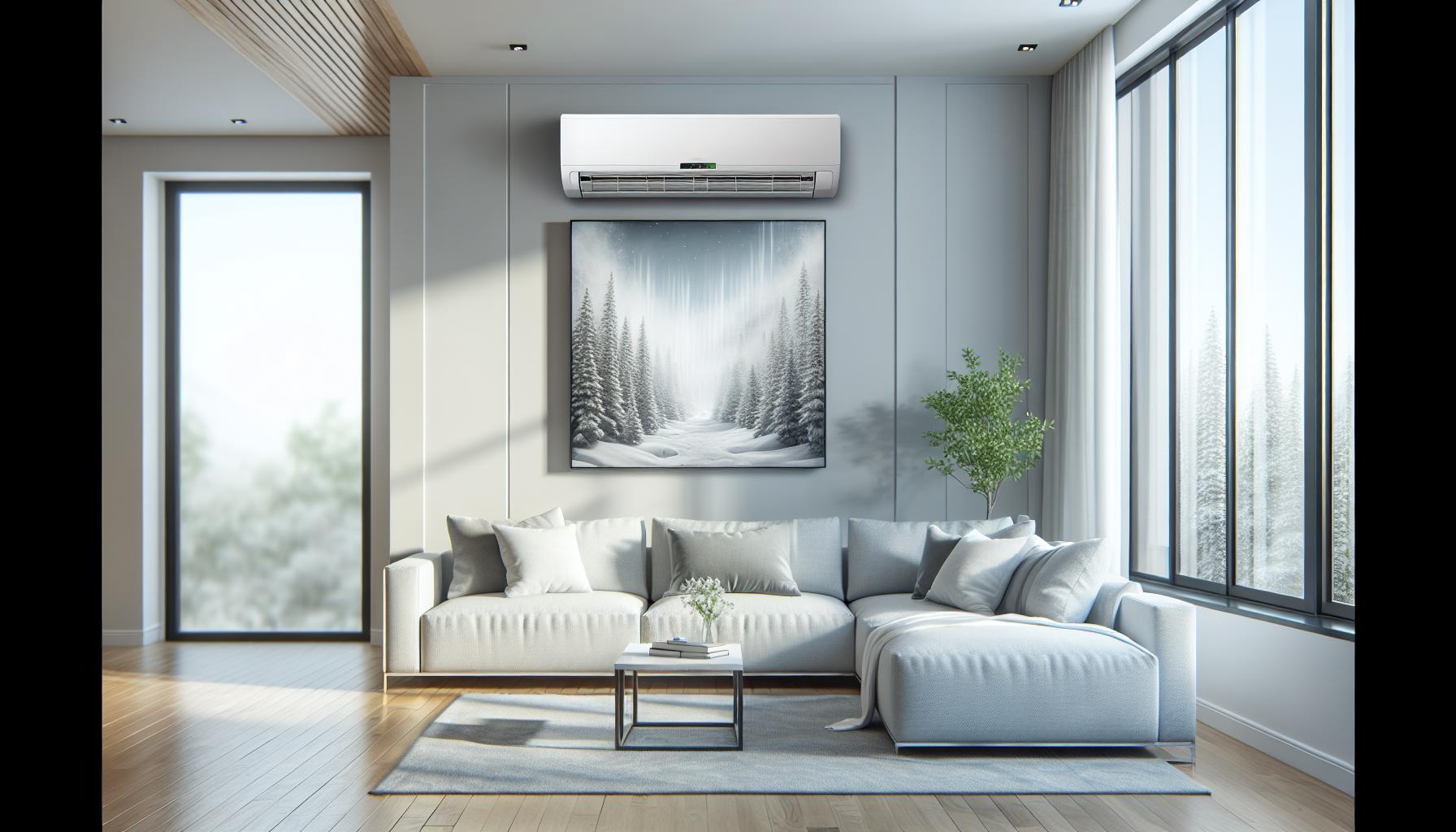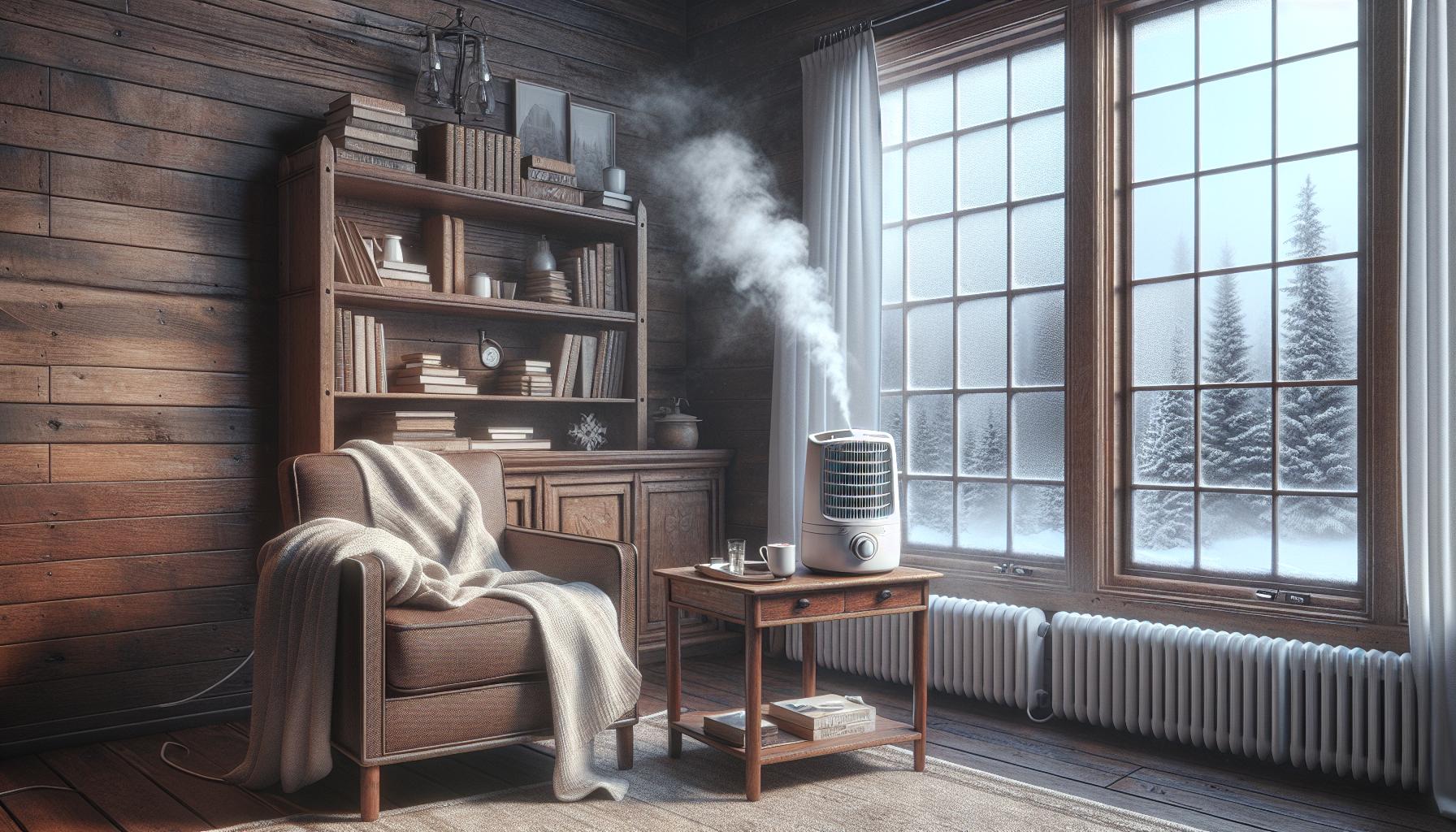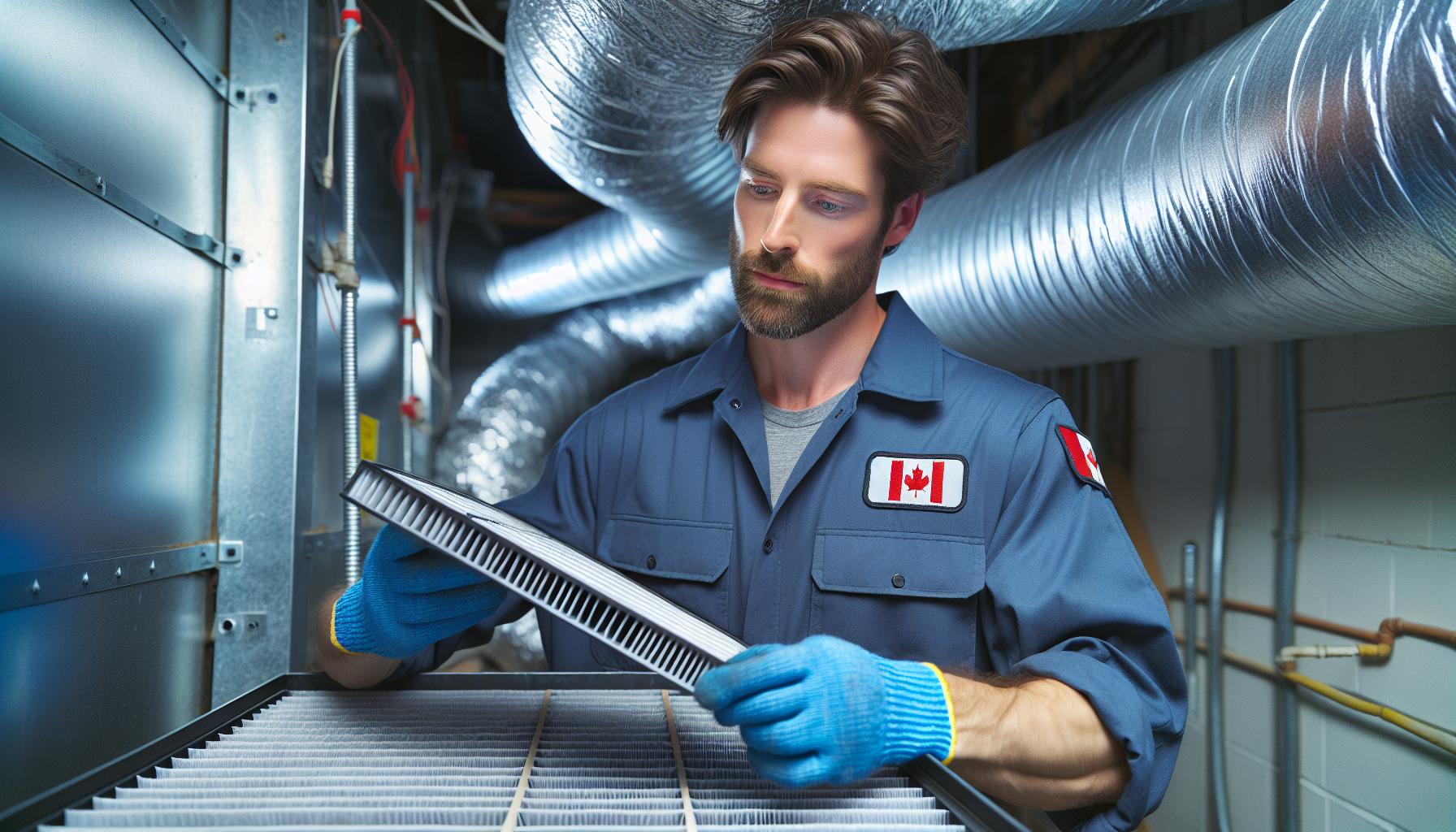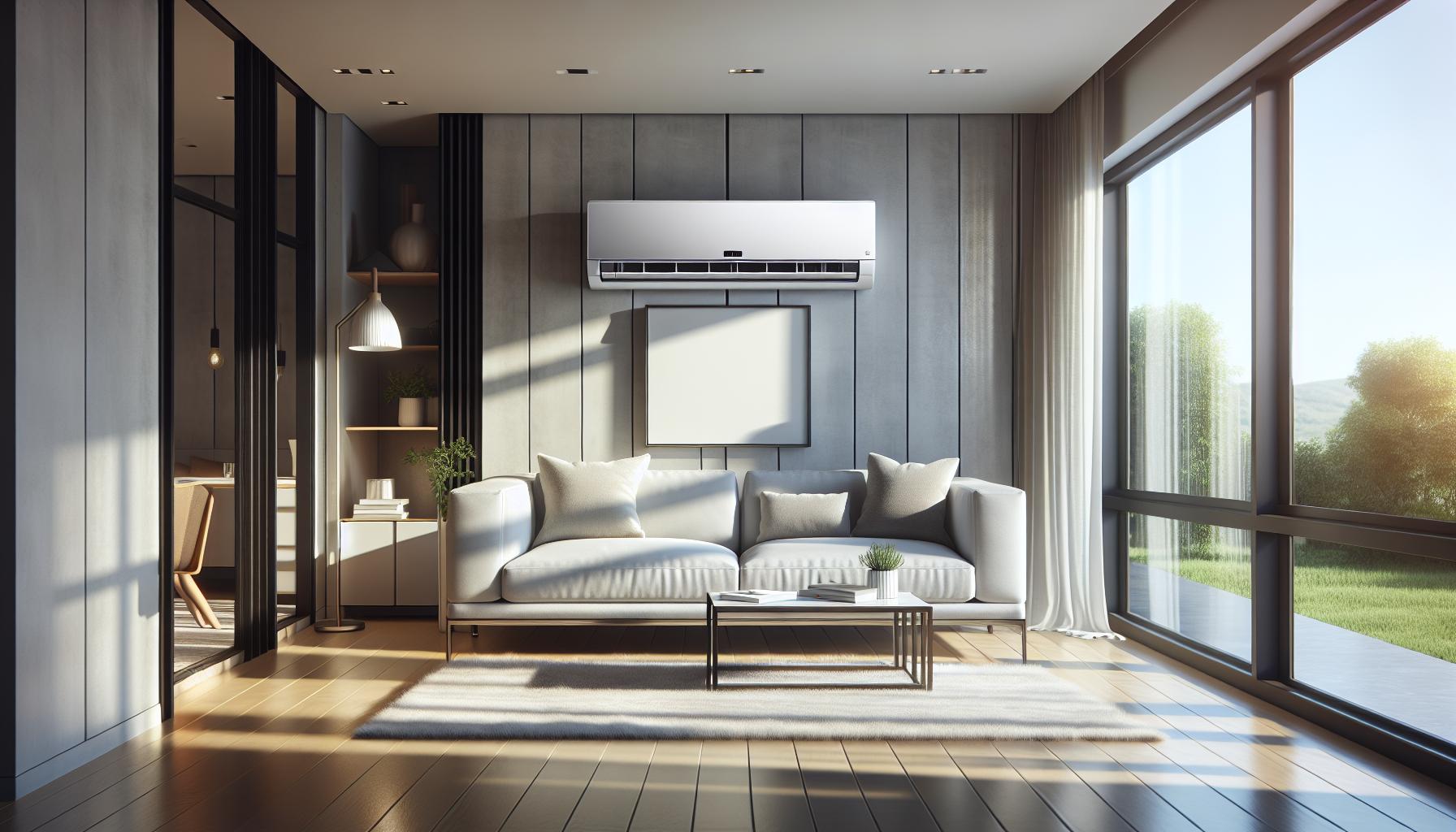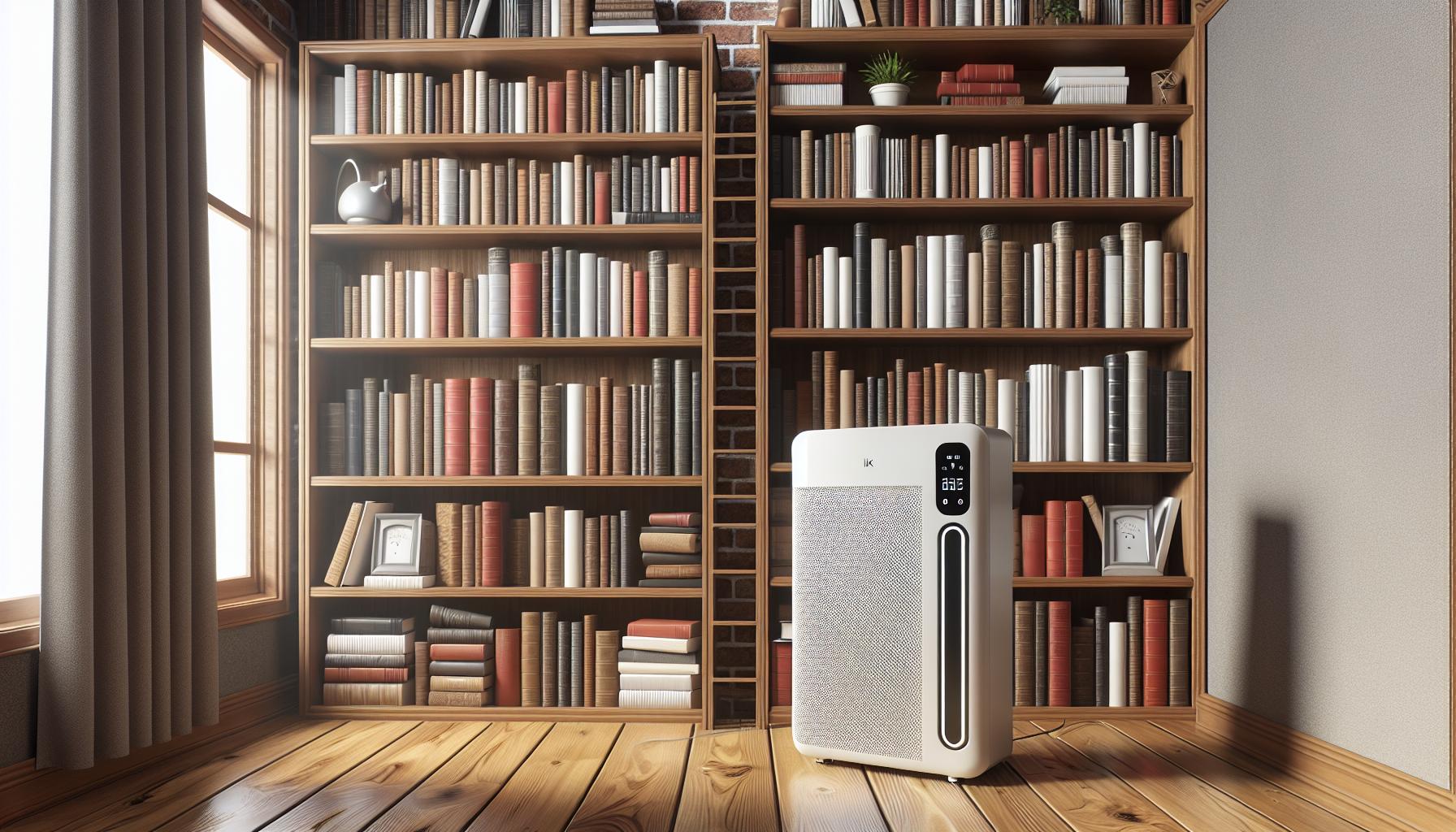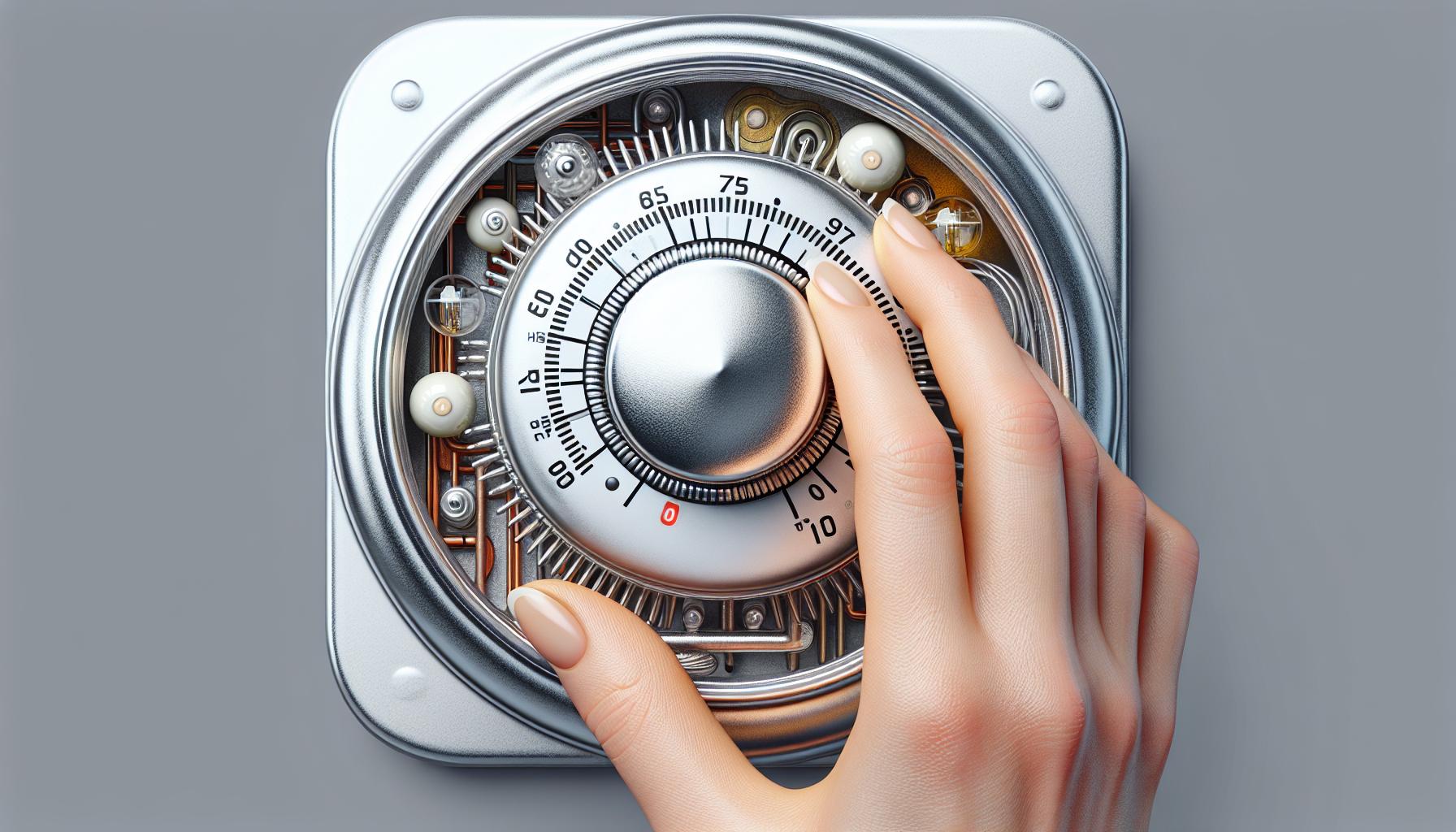Ever wondered if your air conditioner does more than just cool the air? You’re not alone. Many homeowners question whether their AC unit also tackles humidity levels, making their living spaces more comfortable. Understanding this function is crucial, especially if you live in a region with high humidity.
In this text, you’ll discover how air conditioners work to dehumidify your home, the science behind it, and why it matters for your comfort and health. We’ll investigate into the mechanics of air conditioning units, the benefits of reduced humidity, and how to optimise your system for maximum efficiency. By the end, you’ll have a clear grasp of whether your AC is doing double duty and what steps you can take to enhance its performance.
So, let’s explore the hidden capabilities of your air conditioner and see how it can improve your indoor environment beyond just cooling.
How Air Conditioners Work
Air conditioners cool and dehumidify your indoor environment. They draw warm air into the unit and pass it over evaporator coils. This process cools the air and causes moisture to condense, which collects in a drip pan or is expelled outside.
The primary function of an air conditioner is cooling. But, the condensation process also reduces humidity. When warm air contacts the cold coils, the moisture in the air turns to liquid, effectively lowering indoor humidity levels.
Factors like unit size affect this process. If an air conditioner is too large, it may cool the air too quickly and shut off before properly dehumidifying. Hence, choosing the right unit size is crucial for optimal performance.
The Process of Dehumidification
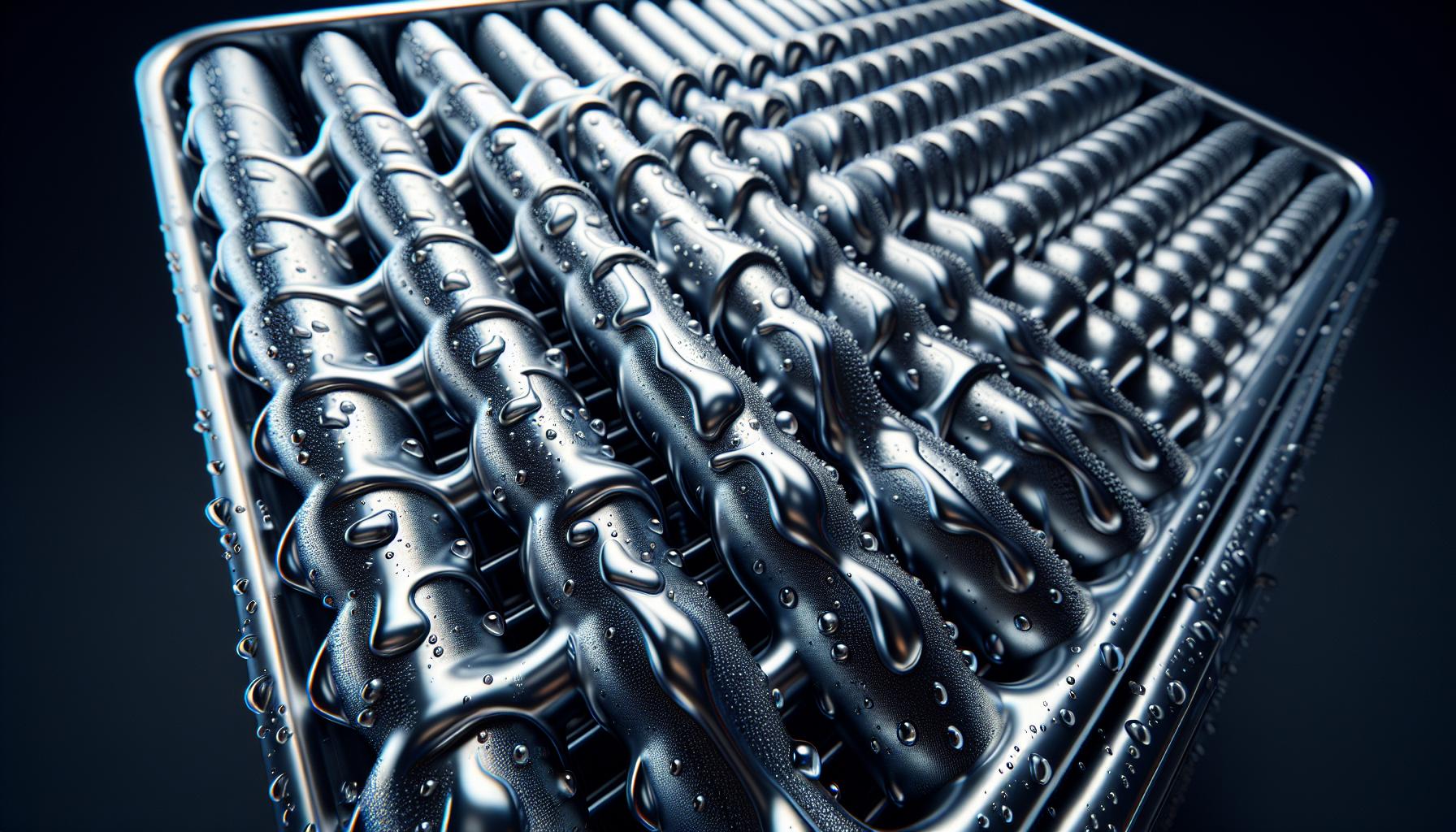
Air conditioners do dehumidify to some extent, though it’s not their primary function. The dehumidification process is a byproduct of the cooling mechanism.
Moisture Removal Mechanism
Air conditioners remove moisture as they cool the air. When warm air passes over the cold evaporator coils, moisture condenses and is collected in a drip pan.
Efficiency of Dehumidification
While air conditioners dehumidify, their efficiency varies. Units designed for cooling may not dehumidify effectively in extremely humid environments, requiring supplemental dehumidifiers.
Types of Air Conditioners and Their Dehumidifying Capabilities
Air conditioners do dehumidify to some extent, though it’s not their primary function. Here’s a breakdown of how different types of air conditioners handle dehumidification:
Window Units
Window air conditioners dehumidify as a byproduct of cooling. They draw warm air in, cool it, and condense moisture, which drains out. Efficiency depends on the unit’s size, maintenance (e.g., clean filters), and ventilation design.
Split Systems
Split systems, including central and mini-split units, dehumidify during cooling. Moisture condenses on evaporator coils and drains away. Their efficiency can vary based on unit size, maintenance, and overall system design.
Portable Units
Portable air conditioners also dehumidify while cooling. These units draw in air, cool it, and condense moisture. Their effectiveness is influenced by room size, unit maintenance, and proper venting.
Benefits of Air Conditioners That Dehumidify
Air conditioners that dehumidify provide several advantages beyond cooling. They enhance comfort and health while also preventing mould and mildew growth.
Comfort and Health
Reduced humidity makes the air feel cooler, improving comfort. Lower humidity levels can alleviate respiratory issues and prevent the growth of dust mites, which thrive in damp environments. This is particularly beneficial in hot and humid climates where high humidity can exacerbate discomfort and health problems.
Mould and Mildew Prevention
By reducing moisture levels, air conditioners help prevent mould and mildew growth. These fungi can cause structural damage to your home and pose health risks, such as allergies and respiratory issues. Air conditioners that dehumidify create an environment less conducive to their proliferation, protecting both your property and your health.
Limitations and Alternates
Air conditioners do dehumidify, but their primary function is cooling. Understanding their limitations and exploring alternatives can ensure optimal indoor comfort.
Dehumidifiers Vs. Air Conditioners
Air conditioners lower humidity as a byproduct of cooling, while dehumidifiers specifically target moisture removal. Dehumidifiers excel in extremely humid conditions where air conditioners may fall short.
Cost and Energy Considerations
Dehumidifiers tend to be more energy-efficient than air conditioners when focusing solely on moisture removal. Although air conditioners can handle both cooling and dehumidification, this dual function might increase energy consumption and costs.
Conclusion
Understanding that air conditioners also dehumidify can significantly improve your indoor comfort and health. While their primary role is cooling, the dehumidifying effect is a valuable secondary benefit. By selecting the right unit size and maintaining it well, you can optimise both cooling and dehumidification.
It’s essential to recognise the limitations and consider supplemental dehumidifiers in extremely humid conditions. This knowledge empowers you to make informed decisions about your home environment, enhancing comfort, reducing health risks, and protecting your property from moisture damage.
